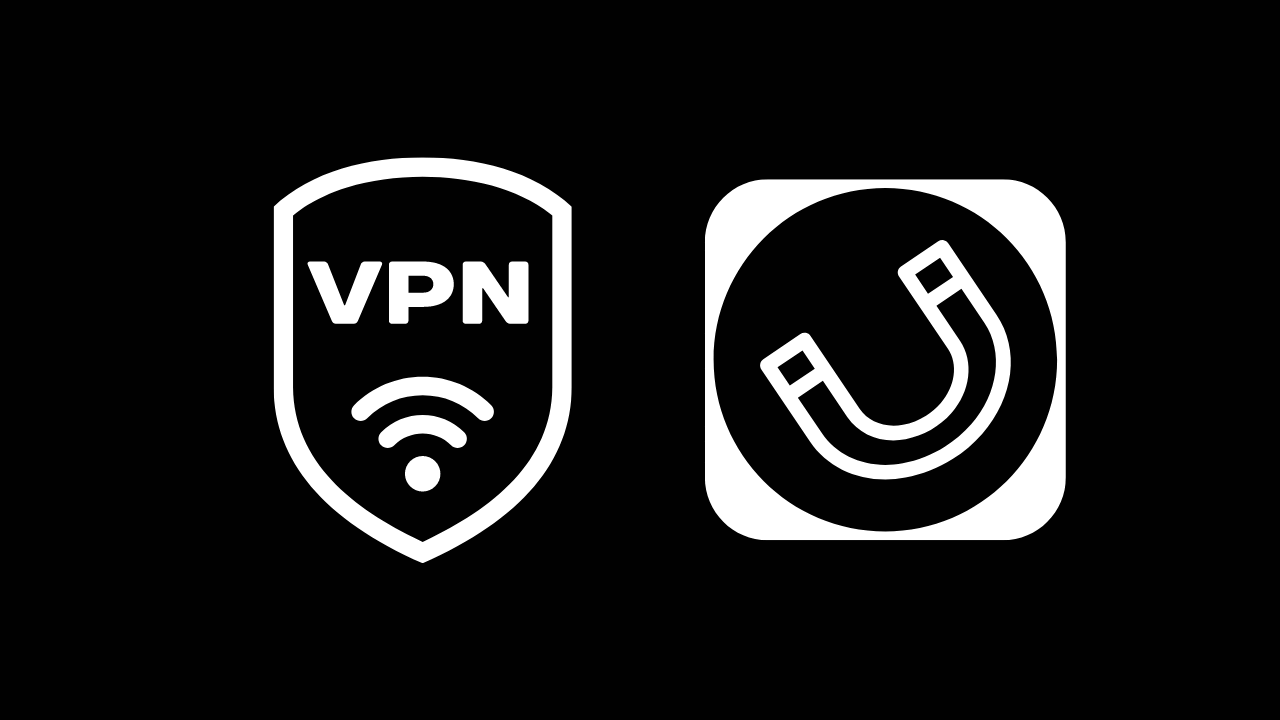
We include products we think are useful for our readers. If you buy through links on this page, we may earn a small commission. Here’s our process.
Overview
Ideally, we’d shop the farmers market every day for fresh, local foods, and make all of our goodies from scratch. In reality, we live far from our food sources, have to buy foods we can store on the shelf, and barely have time to eat dinner, much less prepare it.
Processed foods are convenient, and not all of them are bad for you. Pre-chopped vegetables or fruits canned in their own juice are just two examples.
Sometimes, however, convenience can mean large amounts of hidden sodium, fats, and sugar.
Read on to learn which processed foods to avoid and why.
Types of food processing
A wide range of products are considered processed foods, including:
- cereal
- cheese
- milk
- bread
- cookies
- potato chips
A variety of different techniques are used to process food. Any food that’s processed is usually frozen, canned, dried, baked, or pasteurized.
Foods can go through various levels of processing. On one end, vegetables may only be cleaned, cut, and portioned before being sold in bags. The most highly processed foods, however, will contain a lot of extra sugar, salt, oil, and calories. A good example is frozen pizza.
Additives such as salt and fat are there to make the food safe for consumption. Preservatives are also added to increase the food’s shelf life. When it comes to sticking to a healthy diet, though, the pros of these additives may not outweigh the cons.
Sometimes it’ll be easy to overlook these additives in the list of ingredients. Watch out for terms such as dextrose, maltose, trans fats, and hydrogenated oil.
Items loaded up with these ingredients can provide you with almost twice the daily recommended amount of sodium and sugar.
Bacon
Bacon contains high levels of sodium, which can lead to high blood pressure. However, the sodium is just the beginning.
Part of the reason why bacon is so delicious is that it’s loaded with saturated fat. Saturated fat is linked to heart disease and obesity.
Danger also lurks in virtually all store-bought bacon because of the amount of preservatives it contains. Preservatives have been linked to various health concerns, from headaches to cancer.
According to the World Health Organization’s International Agency for Research on Cancer, processed meat such as bacon and hot dogs can be classified as carcinogens. This is because of the amount of nitrates they contain. The study deemed them as bad as cigarettes.
A closer look: Each slice of pan-fried bacon contains an astounding
The American Heart Association (AHA) recommends that adults limit themselves to 1,500 to 2,300 mg of sodium a day. Just one piece of bacon would account for 8 to 13 percent of your intake.
Try this instead: Avocado is a great alternative. It contains healthy fats and proteins. It also has a hearty rich flavor like bacon.
You can substitute avocado almost anytime you would use bacon. Try having avocado and eggs. Instead of a traditional BLT, make a sandwich using avocado, lettuce, and tomato.
Shop for avocados.
Granola bars
Consider the granola bar. Also known as a cereal bar, it’s stuffed with hearty grains and packaged in boxes featuring mountains and sunrises.
Too bad granola bars are also full of added sugars, which digest quickly and don’t satisfy hunger for long. Despite their healthy marketing image, granola bars don’t offer much in the way of good nutrition.
Avoid them because of their high amount of simple carbohydrates and their long ingredient lists filled with difficult-to-pronounce words.
A closer look: If you eat a
Try this instead: Some store-bought granola bars, such as KIND bars, are made with slightly less sugar. However, you may be better off making your own.
Experiment with a few different recipes. To control the amount of sugar, you can sweeten your bars with stevia. Also check out this low-carb granola bar from the blog Sweetashoney. Each bar only contains 1.4 g of sugar.
Flavored nuts
Flavored nuts have a shelf of their own in the sounds-good-for-you-but-isn’t pantry.
Whether they’re maple-flavored, soy sauce– and wasabi-dusted, or toffee-coated, flavored nuts are packed with extra salt and sugar. This extra salt and sugar can lead to weight gain, diabetes, and high blood pressure.
Their sticky, sugary goodness also makes them the enemy of healthy teeth.
A closer look: One ounce (oz.) of
If you eat more than a handful of flavored nuts, you could end up consuming more fat, sugar, or salt than you might have bargained for.
Try this instead: It’s no secret that nuts are good for you. Instead of getting flavored nuts, stick with the unflavored versions. You can roast them, toast them, or eat them plain.
Pistachios, walnuts, cashews, and virtually every other nut contain protein and good fats.
Shop for unsalted nuts.
Microwave popcorn
There’s nothing wrong with popcorn (as long as you go easy on the salt and butter) and there’s nothing wrong with microwaving food. What’s so bad about microwave popcorn then?
It’s in the bag. Perfluoroalkyls are just one class of chemical found in microwave popcorn bags. Some studies have linked perfluoroalkyls with health problems as diverse as impaired kidney function and poor semen quality.
A closer look: If you eat one serving of Pop Secret butter popcorn, you’ll get 270 mg of sodium and 8 g of fat (with 4 g being saturated). However, each bag contains 3.5 servings of popcorn.
Even if you split the bag of microwave popcorn with someone else, you’d still be taking in 472.5 mg of sodium and 7 g of saturated fat.
According to the AHA, no more than 5 to 6 percent of your daily calories should come from saturated fat. For a person who eats 2,000 calories a day, this would work out to just 11 to 13 g of saturated fat.
On top of that, microwave popcorn is often made with the controversial palm oil.
Try this instead: A much healthier alternative is to simply buy corn kernels and pop them on the stove yourself. Put them in a pan, cover the top with tinfoil, and turn on the heat. The kernels will begin to pop.
You can also enjoy unflavored nuts instead of popcorn.
Shop for corn kernels.
Dried fruit
You might reach for a handful of raisins or a few spears of dried mango to satisfy a sweet tooth. There’s a really good reason they’re so satisfying. These dried fruits have a good amount of fiber, vitamins, and minerals, making them a better option than Skittles.
Be careful with the portion size, though. Even a small portion carries a high-calorie, high-sugar punch.
The extra sugar also promises weight gain. If you eat more than your body needs, it adds to your body’s fat store.
A closer look: Dried fruit can contain anywhere from 32.5 percent sugar (as in
Try this instead: If you’re looking for a snack that’s quick and sweet, consider frozen fruit. It’s often cut into bite-sized chunks already and is more versatile. Add frozen fruit to cereal, smoothies, or other beverages.
Shop for frozen fruit.
Fruit snacks
An enemy of both your teeth and your waistline, fruit snacks may be the grocer’s most inaccurately named food.
Most varieties contain only a drop of actual fruit ingredients and are packed with high fructose corn syrup and cane sugar. These sweeteners could lead to weight gain, which can increase your risk for diabetes.
Their excess sugar and gelatinous ingredients also stick to teeth, providing an ideal environment for bacteria to create cavities.
A closer look: One look at the nutrition label for Welch’s fruit snacks may be enough to make you avoid them. One small pouch (25.5 g) of the strawberry flavor contains
Try this instead: The best alternative to fruit snacks and other fruit candy is real fruit. Real fruit is packed with essential vitamins and minerals and has significantly less sugar than its sticky, chewy counterparts.
Shop for fresh fruit.
Margarine
There was a time when margarine was considered the healthy alternative to butter. However, the truth is that some margarine contains a lot of trans fats.
Trans fats are considered to be unhealthier than any other fat, including saturated fats. Trans fats increase low-density lipoprotein (LDL), or bad cholesterol. This can lead to heart disease and stroke.
Although the link between trans fatty acids and cancer is unclear, Johns Hopkins Medicine is just one institution that recommends that people with cancer lower their intake of trans fats.
A closer look: A quick glance at the nutrition label for a carton of margarine may shock you. Just
Try this instead: There are a few good substitutes for the smooth consistency of margarine. One is mashed avocado. Its oily richness makes it useful as a spread. When cooking or baking, some nut milks and yogurts can be also used instead of margarine.
Shop for avocados, nut milks, and yogurt.
Ketchup
“Catsup” or “ketchup”? No matter where you stand on the spelling debate, one of America’s favorite condiments spells bad news.
While a little dollop of ketchup is fine, the amounts we slather onto our burgers and fries is problematic, as is the frequency.
The tomatoes in ketchup are so diluted by sugar and salt that they offer no nutritional value. With most of the calories in ketchup coming from sugar, you might as well sprinkle your fries with sugar!
A closer look: There are
Try this instead: One way to get around using store-bought ketchup is to make it yourself. A cup of tomato paste with a teaspoon of vinegar is what creates the consistency. You can then flavor the mixture to taste with sugar or salt.
Shop for tomato paste and vinegar.
Instant ramen
Most college students have had the experience of powering through finals week fueled only by instant ramen and cheap coffee. Warning: You shouldn’t continue this habit beyond your senior year. Better yet, stop now.
The high amounts of salt boost your blood pressure. With simple carbohydrates making up most of the other ingredients, ramen provides almost zero nutritional support. You should also check out the amount of fat in ramen noodles.
Who knew so many unhealthy things could come in such a small package! As a healthy meal, instant ramen gets a failing grade.
A closer look: A packet of ramen can contain
People in South Korea eat more instant ramen than almost any other group in the world. Recent studies have proposed a link between ramen consumption and health problems such as obesity and metabolic syndrome, for women in particular.
More conclusive research is needed. However, one thing we know for certain is that this instant meal contains too many carbs and too much salt.
Try this instead: Zucchini noodles would be a better option. In fact, these noodles can be used in place of virtually any traditional pasta. Making zucchini noodles is as easy as creating spirals or strips with a simple kitchen device.
Shop for zucchini noodles and a spiralizer.
Frozen dinners
Frozen dinners are the next best thing to takeout: a complete meal with an entrée, vegetables, and a starch, all on one plate, right out of the microwave.
However, classic frozen dinners are often packed with sugars, fat, and sodium. Those additives can lead to weight and heart problems. They can also raise your blood pressure, putting you at danger for stroke.
If you do get frozen meals, focus on organic or low-sodium versions with an ingredient list containing foods you recognize.
A closer look: A Banquet meal of fried chicken, gravy, mashed potatoes, and corn contains
Try this instead: An alternative to buying frozen dinners is re-creating them on your own. Grill a chicken, make some mashed potatoes, roast some corn, and bake a batch of biscuits. Place the foods on a platter and freeze them.
This may require some extra planning ahead. However, when you’re next in need of a quick and healthy meal, it’ll be ready to go.
All things in moderation
Processed foods aren’t a modern invention. They’ve been around since the first barrel of salt pork sailed across the Atlantic. They are convenient and give us access to foods that would otherwise perish in transit.
Enjoy them in moderation, and use common sense. Check the nutrition labels to avoid anything high in fats, sugars, and chemicals you can’t pronounce. Be sure to make fresh, simple ingredients the focus of your diet.
As long as fatty, sugary, or salty processed foods aren’t accounting for more than 20 percent of your daily food intake, it should be fine.
Some processed foods that may be a healthier choice include:
- canned fish, such as salmon, and tuna
- frozen fruits and vegetables
- all varieties of low-sodium canned beans














